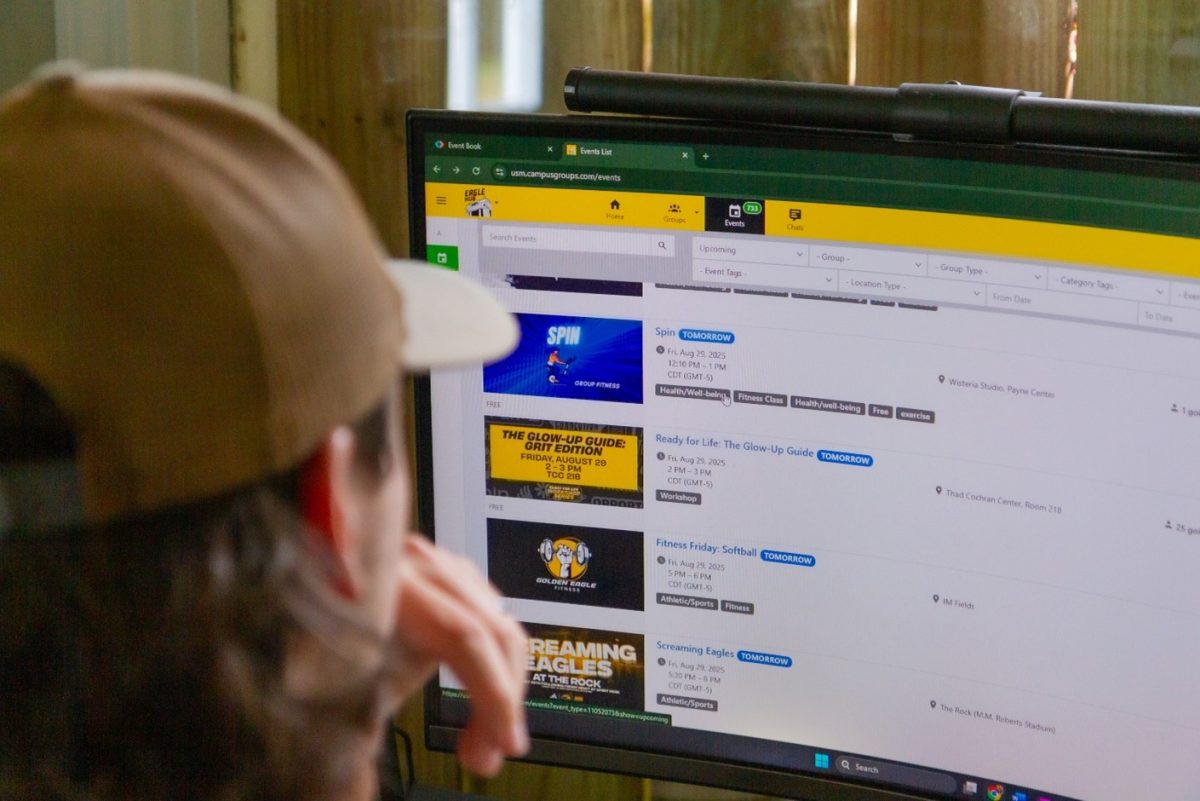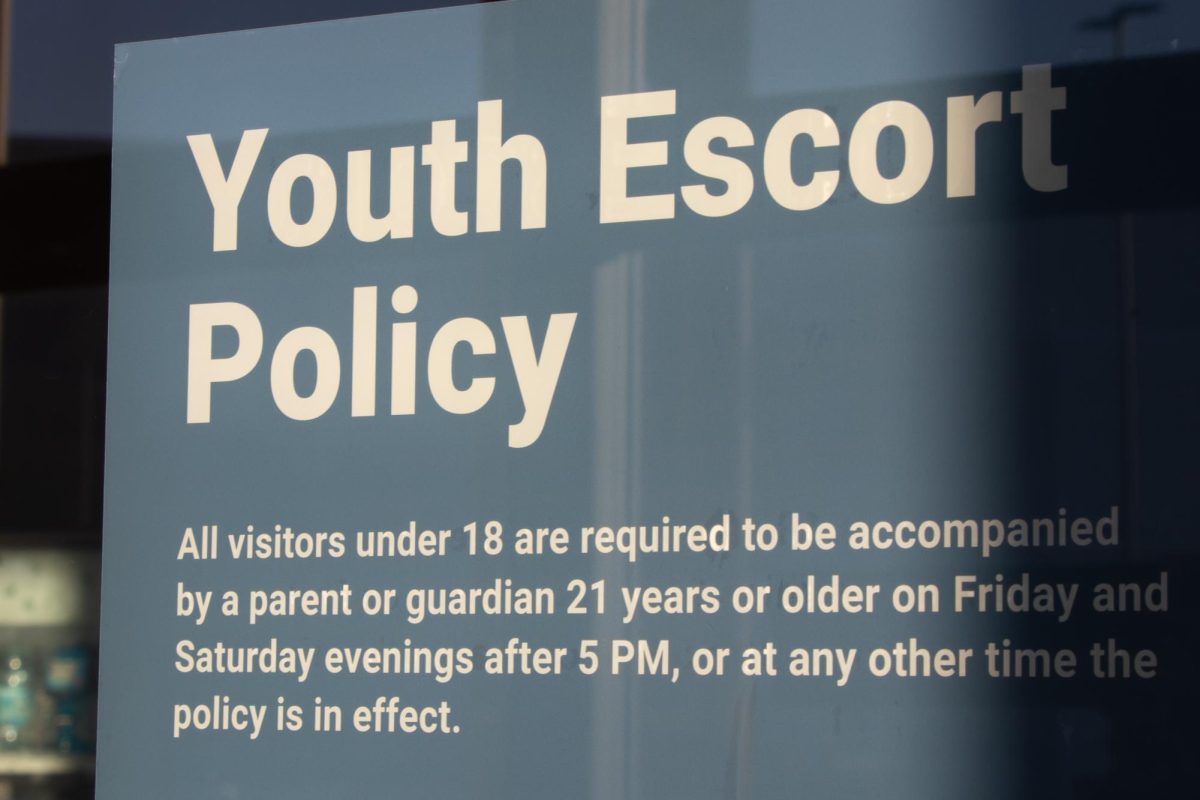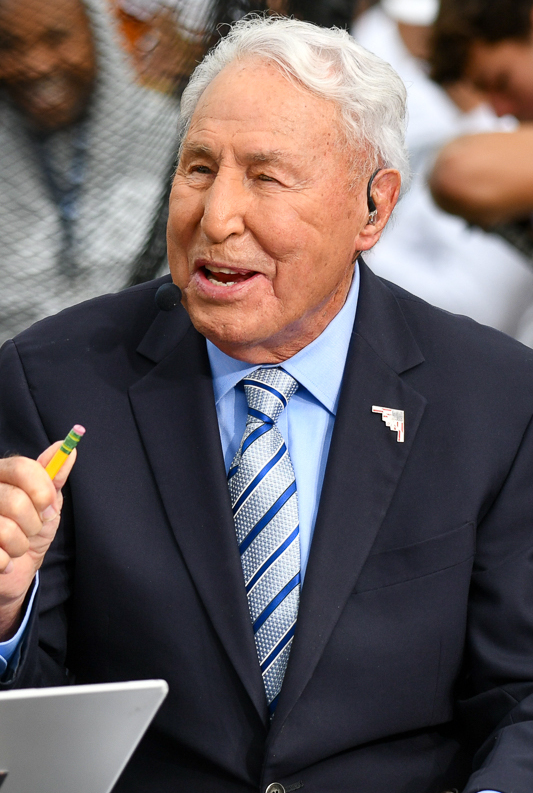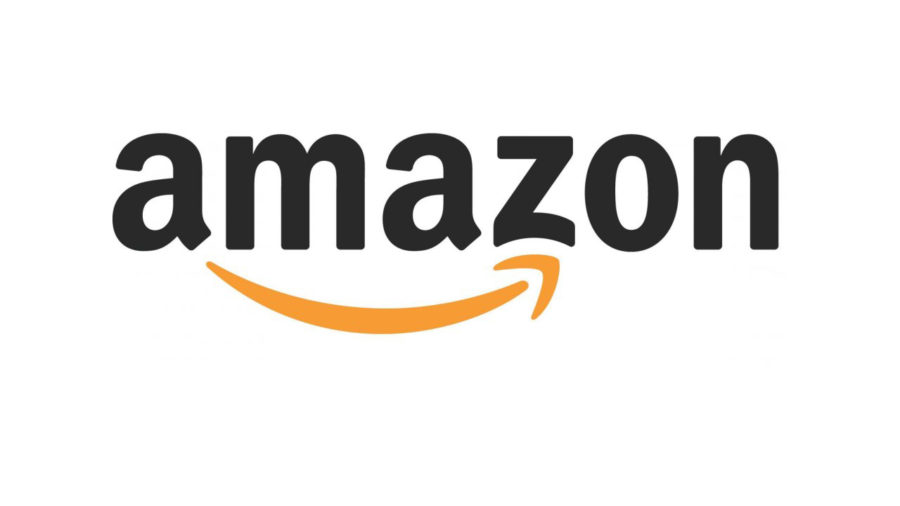Shopping in 2016 goes as follows: after dark, in bed, multiple tabs open and a pint of Ben & Jerry’s in hand (or at least for me). It is a scary truth, but that is how most Americans fulfill their shopping lists these days — through the click of a button.
Over the past few years, society has phased out of its traditional methods of shopping and adjusted to a life on the World Wide Web. What people have learned through this is that the Internet is more than just a place for late-night Facebook rants and is actually a magical mall that never closes (no, really).
Through the web, everything has a price. You name it: groceries, albums, textbooks and N*SYNC memorabilia. All of it can be yours with the click of a button.
The only downside to this newfound clickable merchandise is the fact that there seemingly is no downside. Online shopping is easy, and companies like Amazon are working to make the process even easier.
Zoom in on Amazon Prime for an example of a shopaholic’s paradise. Pay $99 annually and receive free same-day delivery, ad-free music, Prime Video and more. The deal seems almost too good to be true, and that’s because it is.
The problem with a service like this is the commitment factor.
When paying a “small” fee of $99 to garner exclusive shopping perks, the rule of thumb is to put those perks to use. That said, there is reason to believe that customers who are members of the service tend to shop through Amazon more than the average customer, therefore spending more money.
An argument by Brad Tuttle of Time Magazine claims Prime members are more likely to make purchases through Amazon to fulfill their perks rather than browse the Internet for more affordable options. In this case, customers hold the blame for blatantly not being smart shoppers, and Amazon shares the blame for making a service that is too good to beat.
For this, the coin falls one way: into the hands of Amazon. Members pay $99 annually regardless and then divert all of their online shopping excursions to the jungle of merchandise that is Amazon.
However, this is not something to necessarily protest over.
People who sign up for Prime membership have some inkling as to what deal they are making. The customers who make the deal are usually veterans in the online shopping game and know a thing or two about a virtual transaction.
What they are looking for is not necessarily the best deal (which Amazon sometimes offers), but rather the luxury of a convenient shopping spree.
Prime members also tend to shop more than the average customer because they are attached to the company and spend more of their time getting shopping done online than they do in an actual brick and mortar store.
That said, it is hard to measure how much Prime customers are actually shopping when the real life and virtual worlds are so far apart.
But, whatever the case maybe, money is money.
Whether in a real store or behind a screen, money spends the same. The key to not letting companies like Amazon put you in debt is to be a smart shopper. At the end of the day, it takes two to tango, so make sure you know the dance.

































